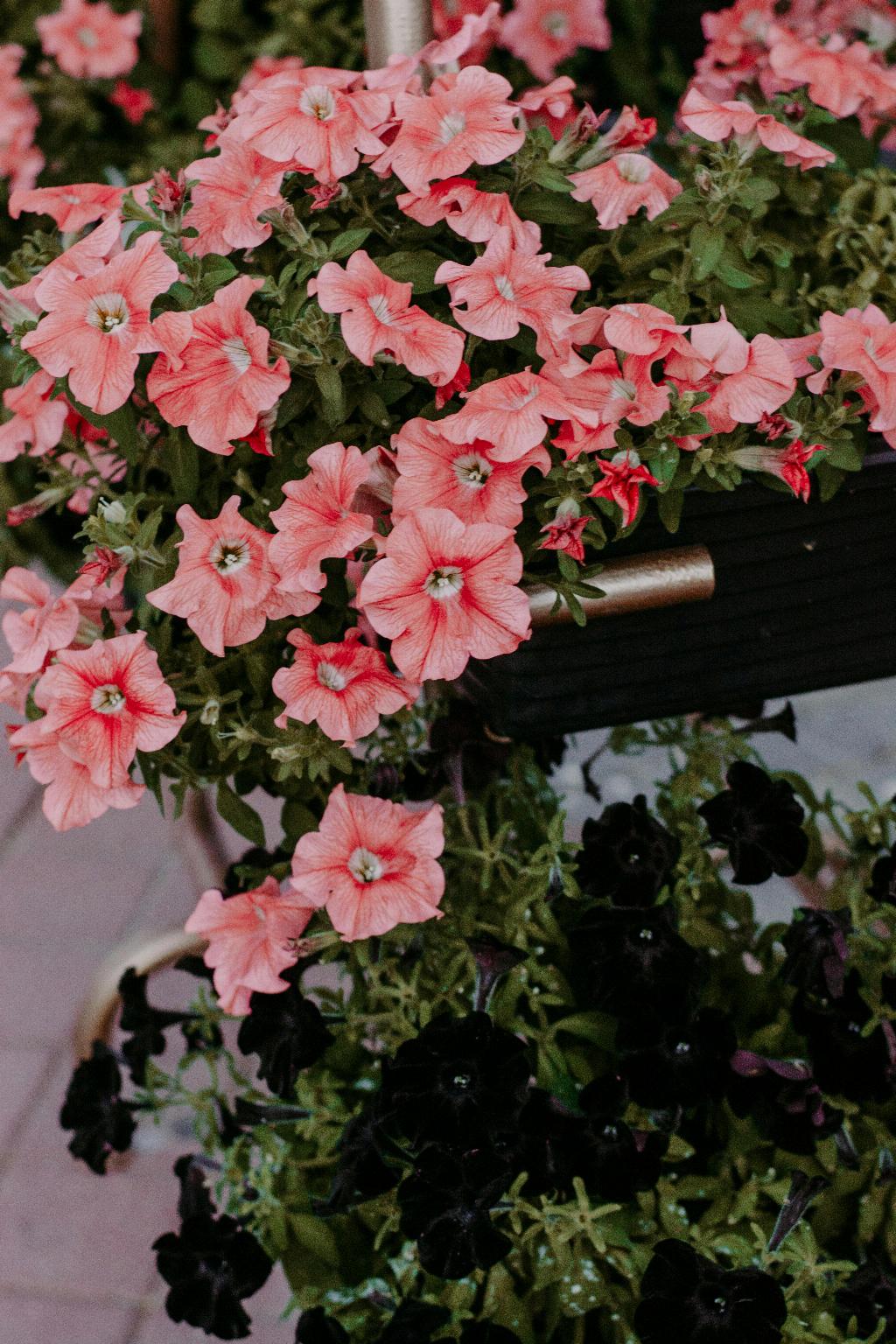Pruning petunias is an essential task to maintain the health and vitality of these beautiful flowering plants. By removing spent blooms and trimming back leggy growth, you can encourage new growth and prolong the blooming period of your petunias.
When it comes to pruning petunias, timing is crucial. It’s best to start pruning them early in the growing season, ideally when the plant is young and just starting to establish itself. This helps shape the plant’s growth and encourages a bushier habit.
One key aspect of pruning petunias is deadheading. Deadheading involves removing the faded or spent flowers from the plant. This not only enhances the appearance of the plant but also prevents the plant from putting energy into seed production, redirecting it towards new flower production instead.
To deadhead petunias, simply pinch or snip off the faded blooms just above a set of leaves or bud. This encourages the plant to produce more flowers, promoting a continuous display of colorful blooms throughout the growing season.
Regular deadheading ensures that the petunias stay neat and tidy, with a constant supply of fresh blooms. It also helps prevent the plant from looking leggy or unkempt, promoting a fuller and more vibrant appearance.
In addition to deadheading, pruning back leggy growth can also help revitalize petunias. If you notice long, straggly stems without many blooms, trim them back to encourage new growth from the base of the plant.
When pruning back leggy growth, make sure to use sharp, clean pruners to avoid damaging the plant. Cut the stems back to just above a set of leaves or buds to encourage branching and new growth.
Pruning petunias not only helps maintain the plant’s appearance but also improves air circulation around the stems and leaves. This can help prevent diseases such as powdery mildew and botrytis from affecting your petunias.
When pruning petunias, don’t be afraid to be proactive. Regularly check your plants for signs of fading blooms or leggy growth and take action promptly. By staying on top of pruning tasks, you can enjoy healthy, colorful petunias all season long.
Remember, each petunia variety may have slightly different pruning requirements, so it’s essential to familiarize yourself with the specific needs of your plants. Observing how your petunias respond to pruning can help you tailor your pruning techniques for optimal results.
In conclusion, pruning petunias is a simple yet effective way to promote healthy growth and abundant blooms. By deadheading spent flowers, trimming back leggy growth, and staying attentive to your plants’ needs, you can enjoy a stunning display of colorful petunias in your garden or containers.

